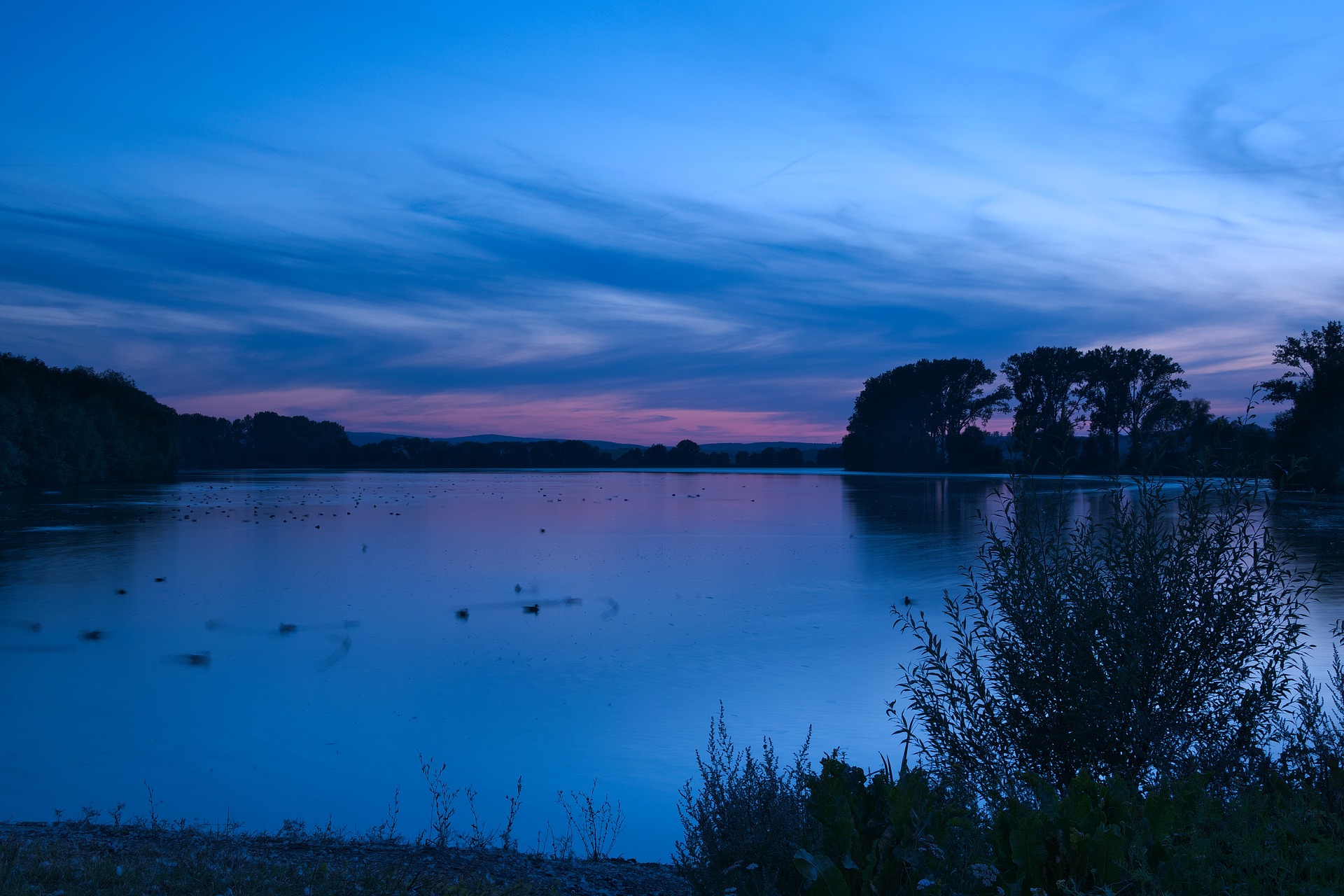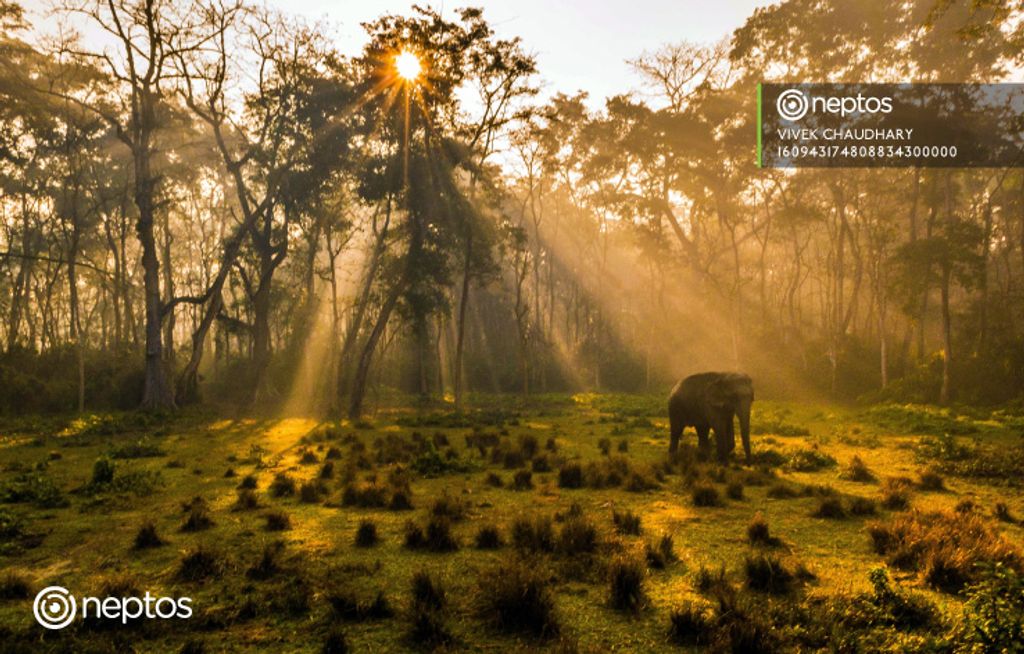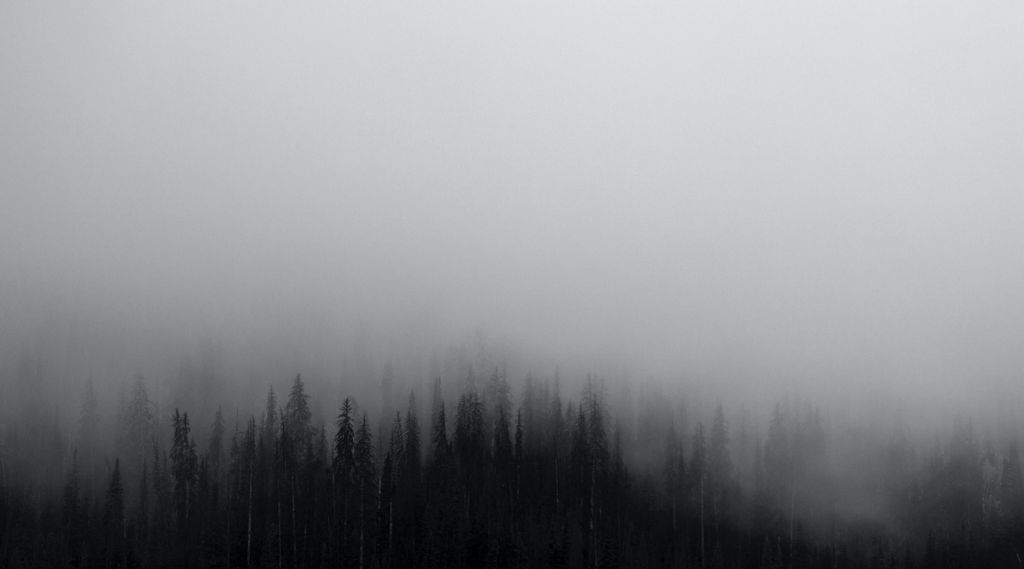30 Common Photography Terminology that every professional must know

If you are new to the photography world, then learning the basic terminology is the first place, to begin with. No matter how well you are in photography theory, remembering all the essentials words might be tricky and can be difficult too.
Those who are already into this profession are familiar with most of the terms but reminiscing all these won’t do any harm. Without further delay, let’s move on to the 30 common terminologies that every photographer must know.
-
Aperture
Aperture can be defined as the opening of a lens through which the light passes to the camera sensor. It is measured in f numbers or f-stop i.e. f/2.8, f/3.5, f/8 representing small numbers to be large and big numbers to be the small aperture.

-
Aspect Ratio
The Aspect Ratio of an image is defined as the proportion of its height and width. It is commonly measured or expressed as two numbers separated by semicolon “:” which can also be represented as x: y, of two numbers. Some of the common ratios are 1:1, 4:3, and 16:9.
-
Blue Hour
Blue Hour is considered as the time just before the sunrise and after the sunset. This is the time when the outer atmosphere has a deep, dark blue color followed by yellowish or pinkish color. It is also widely known as “Golden Hour”, perfect for landscape photography.

-
Bokeh
In the photography world, Bokeh is defined as the aesthetic quality of blurring the background that makes the image look surreal and dreamy. It does not have any set of rules to create Bokeh but the secret of Bokeh lies in the blurring quality produced in the out-of-focus parts of an image.
-
Bracketing
Bracketing is the method or technique of taking several pictures of the same subject with different EV (Exposure Values). It is simply taken in a situation where it is difficult to obtain a satisfactory image with a single shot. To get perfect bracketing also known as AEB (Auto Exposure Bracketing), it’s better to use a tripod.
-
Bulb
The Bulb is a camera mode where it allows to you set the time manually and helps to keep taking a picture until your finger comes off the shutter button. Bulb mode is mostly used while taking a long exposure shot at night. One of the great advantages of using the Bulb method is that it helps to achieve shutter speeds longer than 30 seconds. It is indicated as “bulb” or “b” on most of the cameras.
-
Composition
Composition in the photography world refers to the arrangement of visual elements used while clicking a photograph. There are 10 basic composition rules that every photographer must know that includes the rule of thirds, the golden ratio, and other principles. Learning and mastering these rules not only help you to be perfect in photography, but it also helps you to break the standard rules creatively.
-
Contrast
The contrast in photography is a tool that is used to create and draw attention to an object. There are two types of contrasts, they are Tonal Contrast and Color Contrast.
Tonal Contrast refers to the tones that go from the lightest tone to the darkest tone. It can also be described as the difference in tones from white to grey and black color. Likewise, Color Contrast refers to the tone that interacts with each other.
-
Depth of Field
Depth of Field or only DOF is defined as the distance between the closest and farthest points or objects in a photo that usually appears sharp. DOF is taken as one of the most popular photography terms and techniques that allows the photographer to draw the attention of the viewers into certain parts of the images.

-
Distortion
In the photography world, Distortion is referred to as an optical aberration that bends the straight lines and makes them appear curvy in the photograph. Distortion is highly used while clicking the images of a high-rise building or huge monument as you have to tilt the camera and the objects are located in a different distance from you.
-
Dynamic Range
Another important and highly used photography term is Dynamic Range. It is described as the difference between the darkest and lightest tones in an image i.e. pure black and pure white. It is measured in “stops”. Whereas the higher and lower dynamic range of a camera decides the brightest and darkest areas of an image without the loss of details in the image.
-
DSLR
DSLR is the most common photography term in the world of photography, however, how many of you know the full form of DSLR? It stands as Digital Single Lens Reflex (DSLR) and it uses a mirror to direct light from the lens into the viewfinder while clicking images. Though it’s popular throughout the world, with technological enhancement, people are switching into lighter and more compact mirrorless cameras.
-
Exposure
In the photography world, Exposure is defined as the amount of light that reaches your camera sensor of the film during a certain period. If the clicked images are darker than the actual scene, then the picture is considered as underexposed. On the contrary, if a picture is lighter than the actual scene then it is considered as overexposed. Exposure is highly influenced by three main factors, they are shutter speed, aperture, and ISO, and also referred to as the Exposure Triangle.
-
Exposure Value
Exposure Value (EV) is taken as the technical term that helps to characterize the lighting conditions and parameters that are required for taking images under certain conditions. It works on a certain principle i.e. higher the number, the lower the exposure, and vice versa.
-
Focal Length
Another widely popular term in the world of photography is Focal Length. It is the distance between the optical center of the lens to the camera sensor and is measured in millimeters.
-
F-Stop
If someone talks about F-stop, then you should know that they are talking about Aperture and its value. Since Aperture is all about opening and closing of the lens, the smaller f-stop or aperture value determines the larger opening of the lens which allows more amount of light into the camera sensor. Whereas, the larger f-stop determines the less opening of the lens and low amount of light travel to the sensor resulting in a darker image.
-
Golden Hour
The Golden Hour is taken as the first hour after the sun rises and the last hour after the sunsets. At this time, the sky looks golden with all the sun rays spreading across the horizon, it is considered to be a perfect time for clicking the landscape images and nature photography. Sometimes, it is also taken as the Blue hour as the concept of Golden Hour and Blue Hour is quite similar.
-
HDR
Most of the smartphones have the option of HDR, have you ever thought what it is? Well, it stands for High Dynamic Range (HDR), which is a technique or a tool that helps to capture bright colors and shades, provides clarity of the objects, and also helps to optimized brightness of the images. HDR technology involves a wide range of frames that helps to keep the focus on different objects that are later combined into one during post-processing. That’s the reason, HDR images look sharps and focused.
-
ISO
ISO stands for International Standards Organization, which indicates the sensitivity of the camera sensor to light. ISO is one of the very important tools or components of the photography which helps to adjust the frame brightness without changing the shutter speed and aperture value. Lower ISO value i.e. 100 or 200 means low sensitivity to light whereas, higher ISO value i.e. 800, 1600, or higher means higher sensitivity to light.
-
JPEG
JPEG is a popular and widely used file format of the graphics and it stands for Joint Photographic Experts Group. It is commonly used by most of the digital cameras to store photos and has lossy compression. It is considered to lossy because the camera automatically deletes some of the major details of the image.
-
Lens Flare
If you love the lens, then you must have heard the term Lens Flare. It is a widely popular photography term among photographers who use various kinds of lenses. Lens Flare is described as the reflection of light that appears on the camera lens. It is widely used to increase the brightness of the image and as well as to add more ambiance to the image.
-
Long Exposure
Long Exposure is a widely used photography term and it is a technique or a tool that allows you to create artistic and creative shots with blurred light trails or to capture the particular movement of the subject. Long Exposure can be tricky, as you need to adjust the three important components of photography manually i.e. ISO, Shutter Speed, and Aperture. To create astonishing and fascinating Long Exposure shots, you need to have a sturdy tripod. Likewise, Long Exposure shots marvelous in the night time.
-
Manual
Manual or Manual mode is simply a camera setting that helps you to control all the aspects of photography. It is used to control the major three components of photography i.e. ISO, Shutter Speed, and Aperture. However, to use it efficiently and effectively, you must have a solid foundation in basic photography.
-
Mirrorless Camera
Mirrorless Cameras are the cameras that don’t have a mirror inside, unlike DSLRs cameras. The good thing about Mirrorless camera is, it allows the photographer to see the exact thing through its viewfinder as the lens sees. Another great advantage of having a mirrorless camera is, it is lighter, smaller, and perfectly fit for daily life photography.
-
Noise
When it comes to the photography world, Noise is commonly referred to as the distortion in visual elements. It is similar to grain that is found in film photographs, but it is more like a defect with chaotic colored or monochrome pixels scattered all over the image. The noise in the photographs disturbs the elegance of the photographs whereas, noise is highly influenced by camera sensors and high ISO value.
-
Orientation
Orientation is a very popular term in the world of photography. It simply refers to the way you take photographs. Two types of orientation are vertical also known as portrait and horizontal also known as landscape. With the technological enhancement in technology and more people getting into mobile devices, there has been a significant increase in portrait shots in recent days.
-
RAW
Unlike JPEG, RAW is also a format for graphics but very different and detailed than JPEG. It is best described as the unprocessed photographs captured by a digital camera. Most photographers love to shoot at RAW because it provides all the details of the image and it is great for professional editing.
-
Shutter Speed
Shutter Speed is the measurement of the actual time of the camera shutter remaining open to taking a picture. In other words, it can also be described as the duration of shutter time being exposed to light. The slower the shutter speed, there will be longer exposure time and faster the shutter speed, slower the exposure time.
-
Viewfinder
The viewfinder is the camera tools or elements that help the photographer to click the image in a certain proportion. The main objective of the viewfinder is to indicate the frames of the desired image. Likewise, it is also used to implement basic photography rules such as the rules of thirds.
-
White Balance
White Balance is a setting in your camera that helps to control the captured colors in different types of light. It is very essential and must know the photography term. As it helps to understand the basic color patterns and how they appear while clicking in different light conditions. Using the white balance setting, you can give life to the image and eliminate unwanted colors from the photographs.
Well, that’s it. These are the basic and most important photography terminology in the world of photography. If you know all of them and their uses in different conditions and situations, then you already are a better photographer.
Since we are still in quarantine and it is not safe to wander out of the house, I would like to share a few articles, that help you to overcome this difficult situation.
Subscribe to Our Blog
Stay up to date with the latest marketing, sales, and service tips and news.









Comments(0)